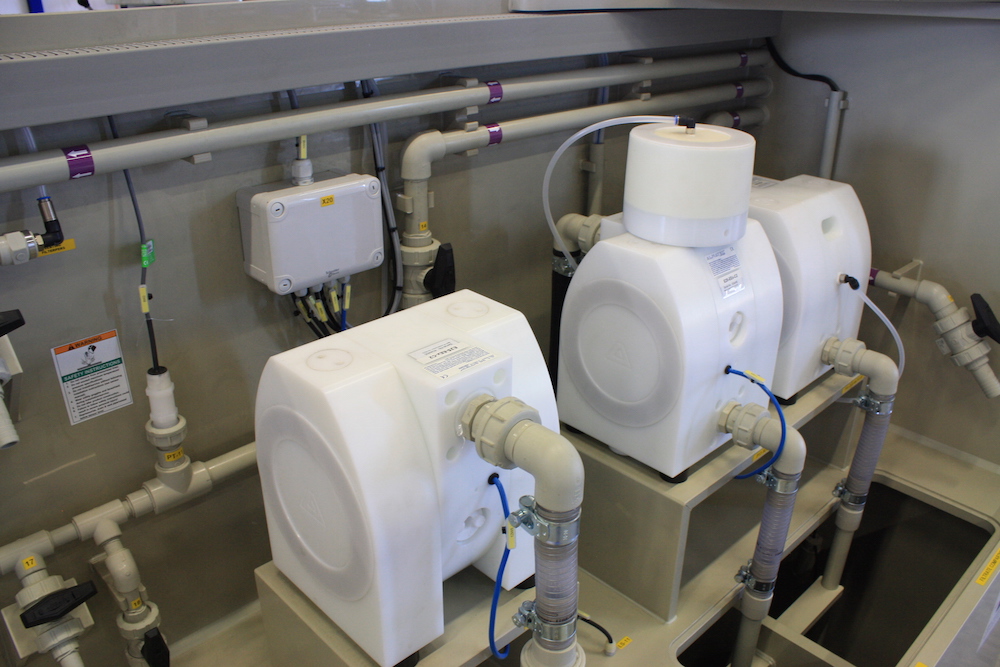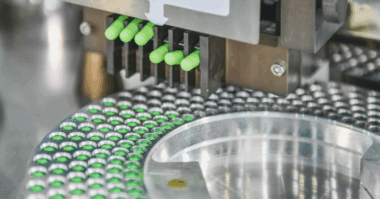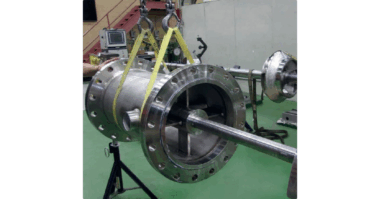There are many industrial processes, from the refining of petroleum products to the manufacture of pharmaceuticals and the treatment of wastewater, that require the use of dangerous chemicals. Among these necessary but potentially harmful chemicals can be strong acids and caustics like hydrogen chloride (HCl), hydrogen fluoride (HF), nitric acid (HNO3), sulfuric acid (H2O4), potassium hydroxide (KOH) and sodium hydroxide (NaOH). Then there are dangerous solvents like toluene and xylene, which can be extremely hazardous to humans and the environment if mishandled.
This means that any time substances comprised of dangerous chemicals are handled there is an inherent risk involved. While human, animal and environmental safety in handling these chemicals is a top concern for those who come in contact with them, there is also a secondary one: these chemicals are often very expensive and any loss due to leakage or release can have a direct effect on the manufacturer’s bottom line.
However, keeping these dangerous chemicals fully contained is often easier said than done. Since many can also be highly corrosive, the pumping equipment used to transfer them is prone to chemical attack if the materials of construction are not compatible with the acid, caustic or solvent. Materials of construction are not the only factor to consider when determining if a pump should be used to handle dangerous chemicals. Another area to focus on concerns the actual design features of the pump. For example, if the design incorporates mechanical seals or packing, they may be prone to leaking.
Whereas many positive-displacement pump technologies have shortcomings when handling dangerous chemicals, solid-body air-operated double-diaphragm (AODD) pumps do not come with similar concerns. In general, solid-body AODD pumps, as compared to their injection-molded cousins, are stronger and have a longer life cycle with less required maintenance. Injection-molded plastic pumps, on the other hand, can have small cavities or crevices in the body where liquids can accumulate and potential leak paths can be created. During their operation, injection-molded pumps can also bounce more than solid-body models, which can loosen pipework and increase the chances for a product leak.
Plastic AODD pumps can also be constructed of materials that are specifically compatible with the chemicals that are being handled, which eliminates corrosion and leak concerns. The overall design and operation of AODD pumps gives them dry-run capability and good controllability, while they are inherently seal-less. Their compressible drive medium permits gentle delivery with attenuated pressure peaks. Start-up is simple and the space required is considerably less than in the case of piston-actuated diaphragm pumps or eccentric screw pumps.
To achieve full containment when handling dangerous chemicals, Almatec®, Kamp-Lintfort, Germany, a product brand of PSG®, a Dover company, recommends its E-Series AODD Pumps. The solid-body E-Series pumps use housing bolts that are tightened against a diaphragm-sized ring to attach the housing parts to each other, resulting in a more even spreading of the housing-bolt force, resulting in leak-free operation.
Almatec has created a Full Containment With Dangerous Chemicals white paper that fully illustrates how its solid-body AODD pump technologies can deliver the reliability and peace of mind that are necessary when handling hazardous liquids. For more details on the use of Almatec AODD pumps with Dangerous Chemicals, please check out this website.
We are always interested in hearing about any equipment-related successes you have had in any of your operations. If there are any recent instances where an industrial pump system has helped optimize your fluid-handling capabilities, please email me at kevin.hogue@psgdover.com.




